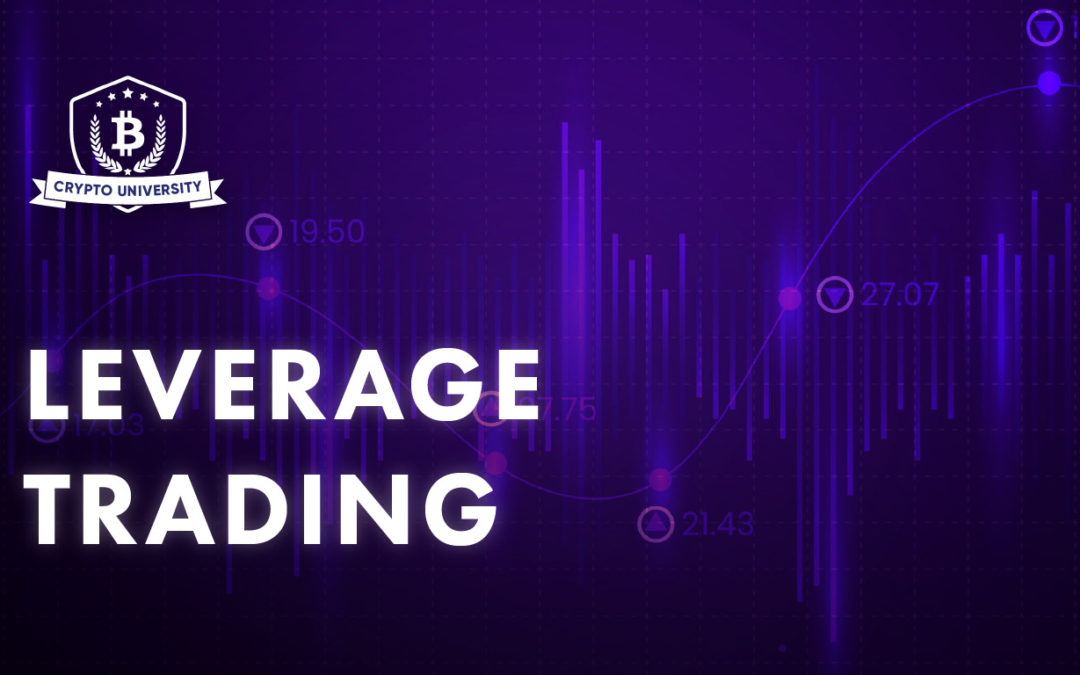Trading futures is something that comes up a lot in discussion, but how many futures traders are actually out there? That number might surprise you.
A lot of times when I am trading on a spot wallet I personally do not use a stop loss. This is a matter of personal preference. I have found that using stop losses on spot trades has often thrown me out of a position that would have been profitable later on. When I trade spot pairs now I tend to only trade pairs I don’t mind being stuck in (meaning trading a coin I am also holding in a separate holding account). This way I don’t experience any selling pressure if I got my timing wrong.
This is not the same method I use when I trade with leverage. You must approach futures differently as one simple miscalculation can cost you a fortune or even worse – liquidation. Liquidation is when you lose all of your funds on an account. It’s a painful feeling that can discourage many traders from opening up the charts ever again. This is why it is important to manage your exposure and your margin when you are trading futures. You can do so by noting a couple of things.
The first thing you want to observe is how much of your available capital you are willing to lose. Before you even open a trade you need to know if you will be using cross or isolated margin. Cross margin will allow you to use margin in your futures wallet to offset liquidation prices across all open trades. Isolated margin designates a specific amount of coin to the trade. Understand that no matter how correct you might think you will be in your trades, futures funds can be taken from you in an instant.
Now that you have determined what you are willing to lose, you need to find a coin pair to trade. When you have found a pair to make a trade in, you need to consider your capital to leverage ratio. For example if you have $1000 USDT and you are using $20 in a trade that is 2% of your available capital. Now if you use 10x leverage on this $20 it is as if you are trading with $200. You will take your profits or loss on the size of $200 even though you only have $20 in the trade. In the same example, if you take a -1% loss on the trade it will be a -10% ROE loss because you have a multiplier of 10x. If you gained +1% then it would have been a ROE of +10%.
If you have managed your risk properly, you shouldn’t have a fear of what will happen in the market. Now you can do your technical analysis and map your trade. One thing to point out when futures trading is the time frame that you will be trading. What I am about to say will vary greatly depending on who you ask. For me personally, I have found more consistent results by using a very tight stop loss when trading futures. I try to find precisely the buy price I want my order filled at and set my stop loss just below it. If my entry price is wrong I do not want to stay in a losing trade on futures for any amount of time longer than necessary to avoid my exposure. I will set very minuscule take profit goals in order to get in and out of positions as soon as possible. I know plenty of people who take leveraged positions over a few hours and have lots of success with that method, however that’s not the method that works for me.
There’s probably hundreds of different strategies that can be used when leverage trading. You will have to test a few to find what works best for you. Unfortunately this may result in some monetary losses for you, but hey it takes money to make money. You will never know what works best for you if you do not try. You can read up on some future strategies or sign up for one of our courses to learn more about leverage trading here.
By viewing any material or using the information within this publication you understand that this is general education material and you can not hold any person or entity responsible for loss or damages resulting from the content or general advice provided here. Trading cryptocurrency has potential rewards, but also potential risks. You must be aware of the risks and be willing to accept them in order to invest in the markets. Only trade with funds you can afford to lose. This publication is neither a solicitation nor an offer to buy/sell cryptocurrency or other financial assets. No representation is being made that any account will or is likely to achieve profits or losses similar to those discussed in any material on this website. The past performance of any trading system or methodology is not necessarily indicative of future results.
Written by Edward Gonzales © Crypto University 2021
